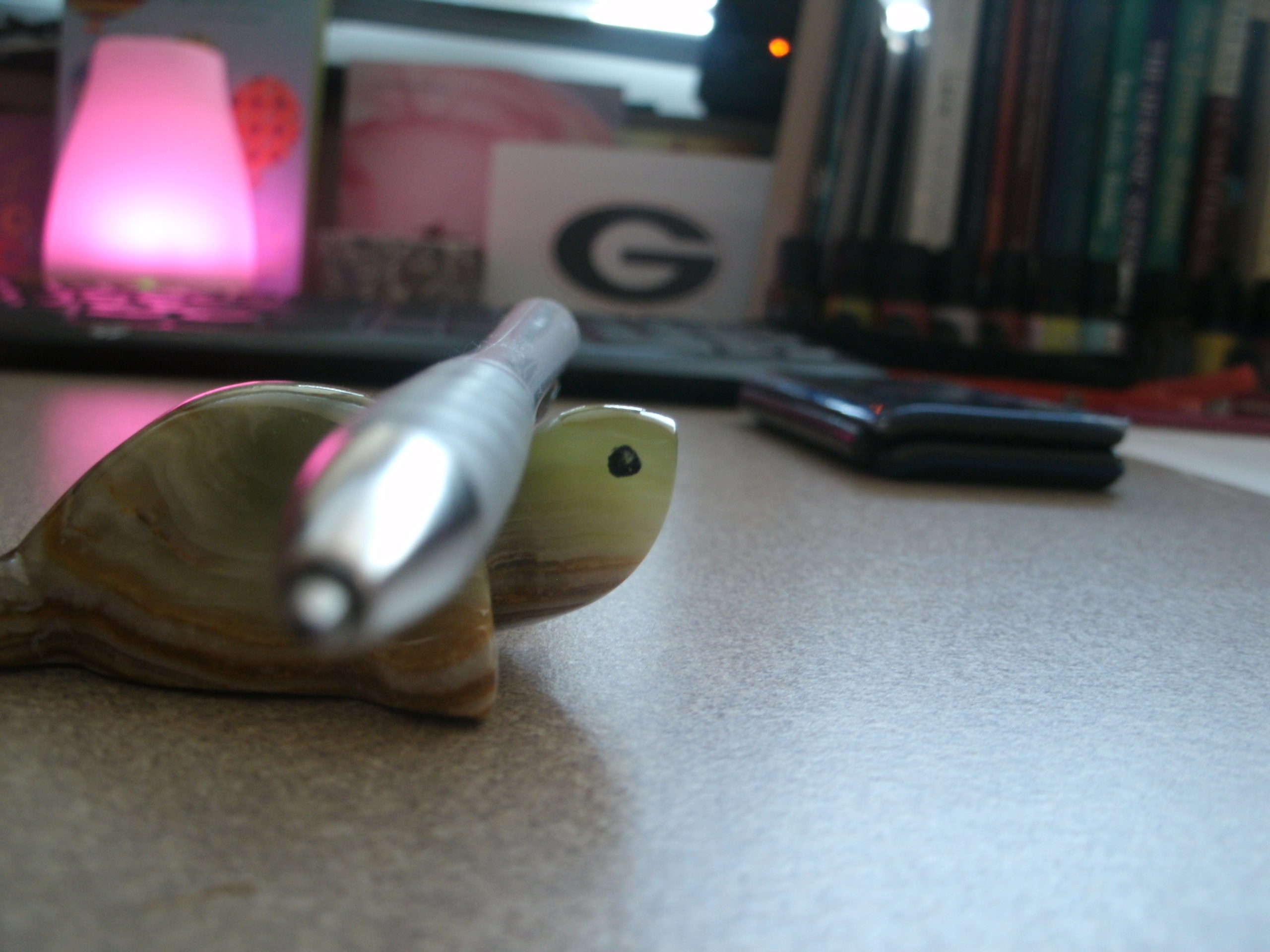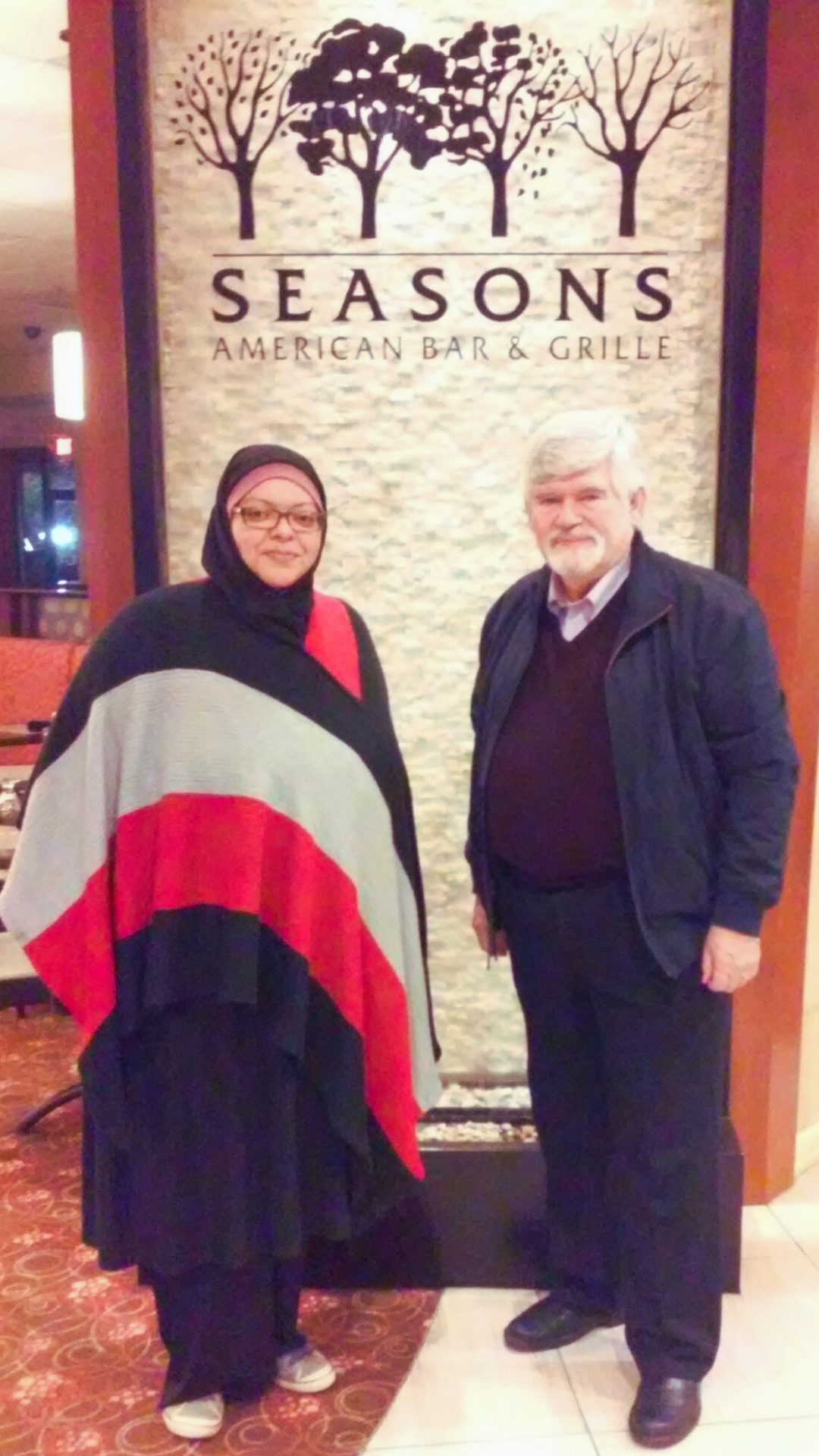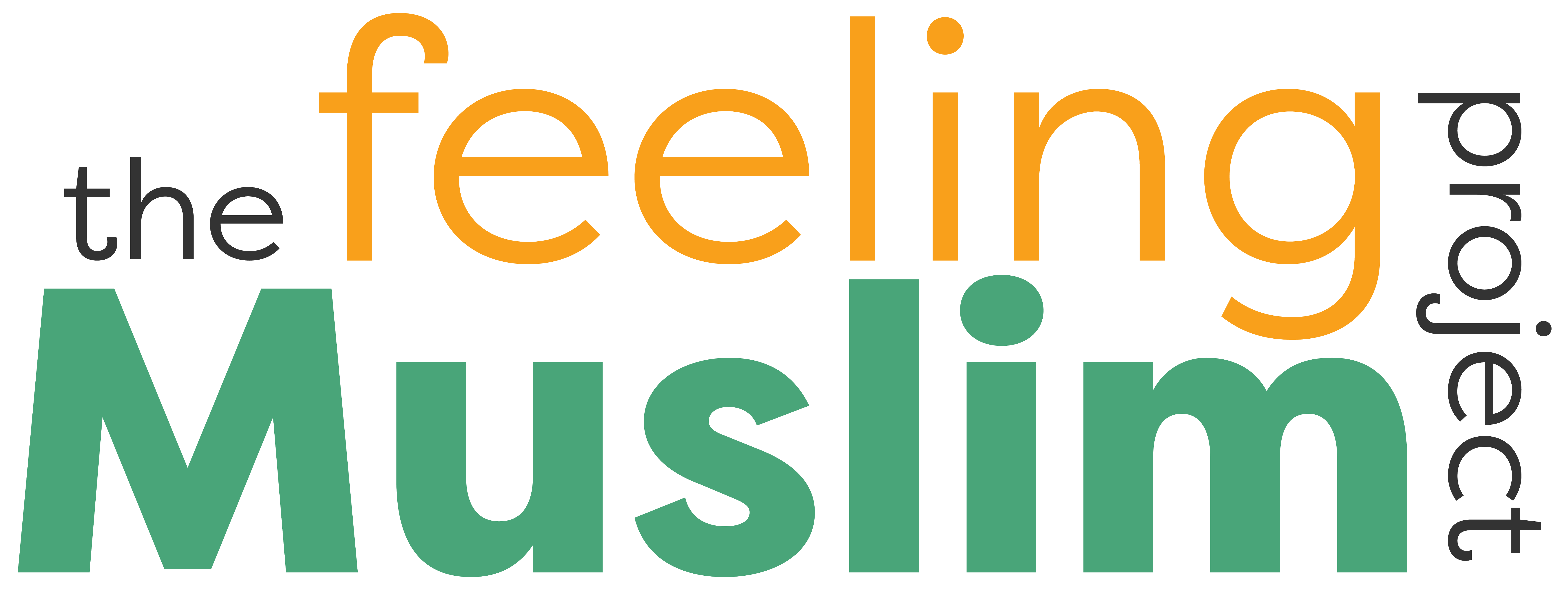The Data
The demographic data on this site focuses entirely on the socio-demographic data of 257 anonymous American female converts to Islam who chose to respond to the survey Feeling Muslim: An Intimate Portrait of Identity Cultivation among American Female Converts to Islam. This survey reflects a wide range of diversity among American female converts to Islam and includes socio-demographic data regarding gender, identification as an American convert to Islam, race and ethnicity, belief before conversion to Islam, branches of Christianity before conversion to Islam, age at the time of conversion, marital status at the time of conversion, branch of Islam, current marital status, length of time as a Muslim, and highest level of education completed.


Karla finally had the honor of meeting Dr. Lewis Rambo (author of Understanding Religious Conversion) for the first time at the American Academy of Religion’s Annual Meeting in 2015 in Atlanta, Georgia.

Do American female converts to Islam distinguish between being/becoming Muslim by taking the shahada and feeling Muslim?
For the purposes of increased validity, a majority of the tables on this site are direct imports from Qualtrics with few exceptions. [1] These exceptions arose from qualitative or open-ended questions, which necessitated quantification of the data. The manually quantified charts include charts on race/ethnicity, belief prior to Islam, and branches of Christianity prior to conversion to Islam. The purpose of making some quantifiable questions qualitative or open-ended is to allow the respondents to self-identify race/ethnicity and belief prior to Islam rather than forcing respondents to fit into fixed categories, which in many cases would not produce accurate representations. By giving respondents the freedom to input their own words (rather than multiple choice), a truer representation of the respondents’ diversity unfolds.
Many studies of religious conversion do not include a large sample size, and do not directly ask follow-up questions that go deeper than initial yes or no questions. This study presents both quantitative and qualitative data from the study Feeling Muslim: An Intimate Portrait of Identity Cultivation among American Female Converts to Islam, which sought, among other things, to answer some core questions: 1) Do American female converts to Islam distinguish between being/becoming Muslim by taking the shahada, and feeling Muslim; 2) how do American female converts to Islam define feeling Muslim; and 3) what key factors nurture or hinder the development of feelings of Muslimness? Analyzing and interpreting the 257 complete responses to this study is a huge undertaking and, due to the large number of responses, the richness and complexity of the data, and time limitations for completion of my MA program, this thesis became a prolegomena to a more extensive work, which is in progress.
From both quantitative and qualitative data, this site will sample some of the nuances in the conversion experiences of American female converts to Islam, which lend a deeper, more intimate understanding of the process of religious conversion as a gradual transition, as well as key factors in the development of feelings of Muslimness as described by U.S. female converts to Islam. By relying on converts’ self-reported experiences of being/becoming Muslim and feeling Muslim, an intimate portrait of identity cultivation emerges. We will explore some of the converts’ multi-faceted definitions of feeling Muslim with a discussion of key factors converts identify as nurturing or hindering their feelings of Muslimness.
With this information, researchers on conversion to Islam, American converts to Islam, Islam in America, and Muslim communities across the globe have a more accurate and comprehensive examination of one aspect of Islam in America: the U.S. female convert.
[1] Qualtrics is an online survey and data collection tool.
For citation purposes
Chicago Style:
Karla Nicole Evans, Feeling Muslim: Prolegomena to the Study of American Female Converts to Islam [Electronic Resource], by Karla Nicole Evans (2015).Bibliographies. Theses. Non-fiction.
